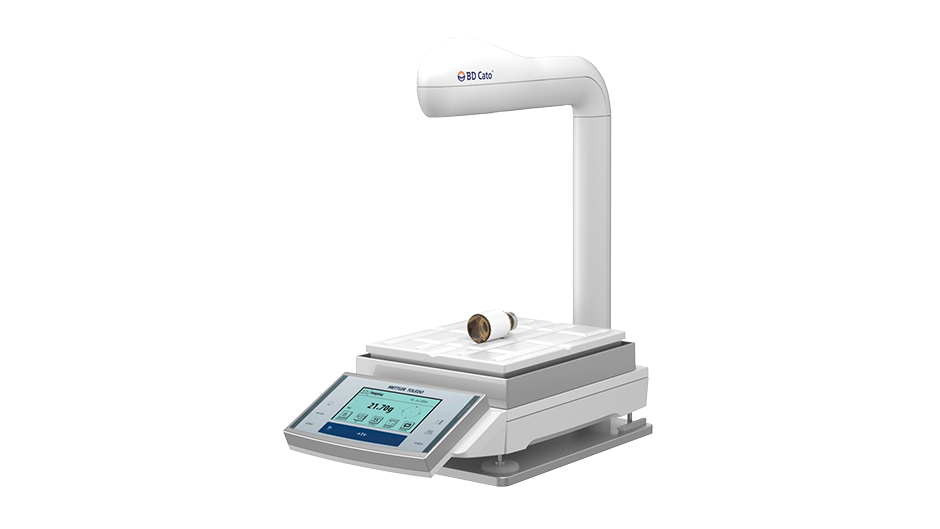Needleless connectors originally designed to improve the safety of healthcare workers, are increasingly being used to mitigate central line‒associated bloodstream infection (CLABSI) and central venous catheter intraluminal blood occlusion (CVC-IBO) in patients. There are numerous needleless connectorss on the market, with varied internal and external design and features. This webinar examines a pending publication comparing the frequency and clinical and financial impact of CVC-IBO and CLABSI among 16 California, USA hospitals using differently designed needleless connectorss. Data were collected by sending a survey to the hospitals, which had varying bed capacities and patient populations and were committed to reducing CVC-IBO and CLABSI. In each hospital, CLABSI rates were tracked as defined by the National Healthcare Safety Network. Hospitals using the BD MaxPlus™ or MaxZero™ Needle-free Connector, the only device with a solid external access surface, were found to have a significantly lower CLABSI rate (1·32 vs 2·95 per 1 000 CLDs; P=·0052) and CVC-IBO rate (1·51 vs 4·04 per 1 000 CLDs; P=·0065) vs those using devices with a nonsolid access surface. Hospitals using the MaxPlus or MaxZero needleless connectors also had significantly higher cost saving (per 100 patient days) associated with lower use of tissue plasminogen activator vs devices with a nonsolid access surface ($219 vs $510; P=·01). These results highlight the clinical importance of needleless connectors design components and their contribution to risk of CLABSI and catheter occlusion.
Objectives:
- Understand the importance of needleless connector design and its evidence-based effect on vascular catheter related complications.
- Review evidence from a study which compared the incidence rates of central catheter intraluminal blood occlusions (CVC-IBO) in conjunction with CLABSI in 16 California, USA hospitals, and correlate them with differently designed needleless connectors.





